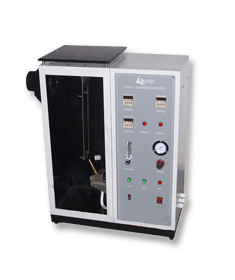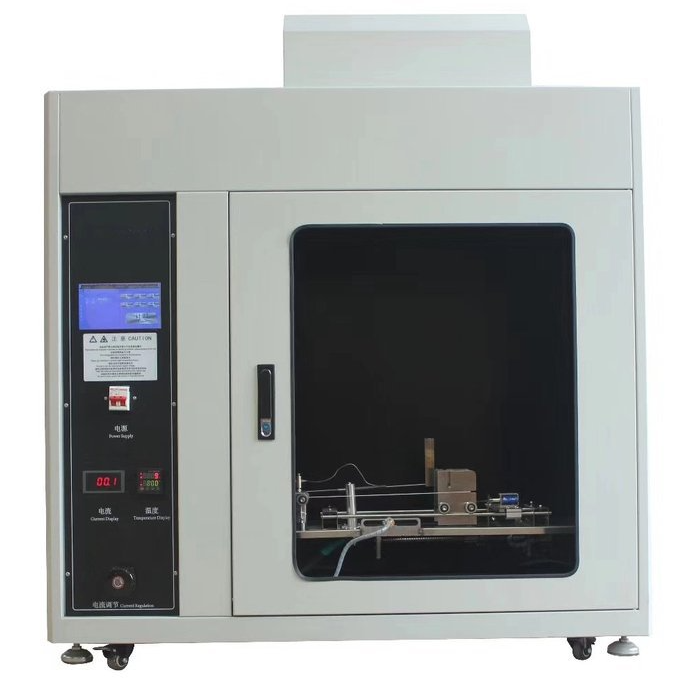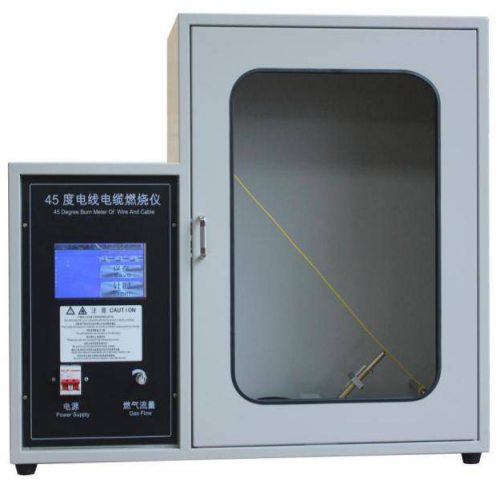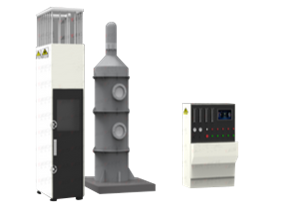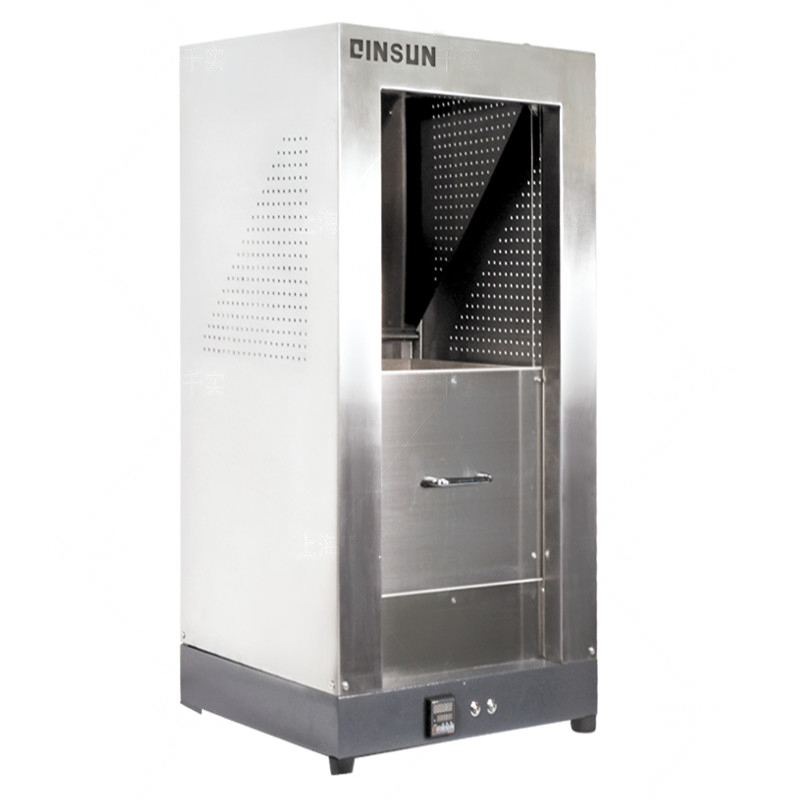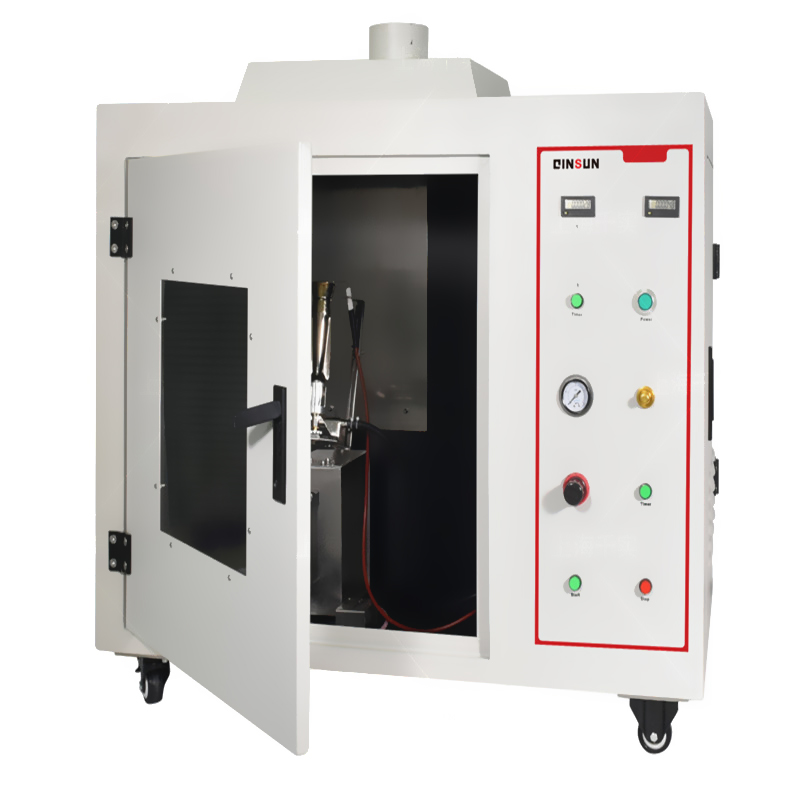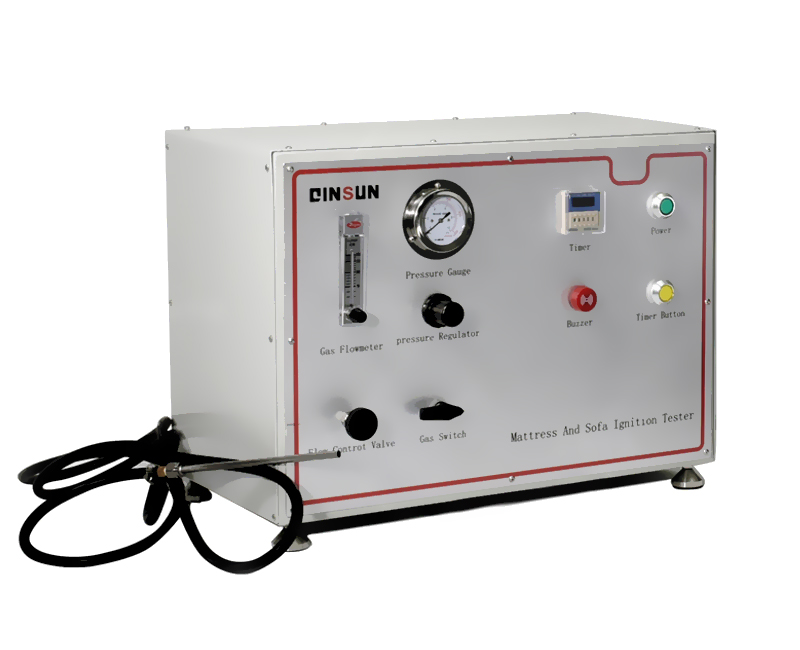Carbide wear tester
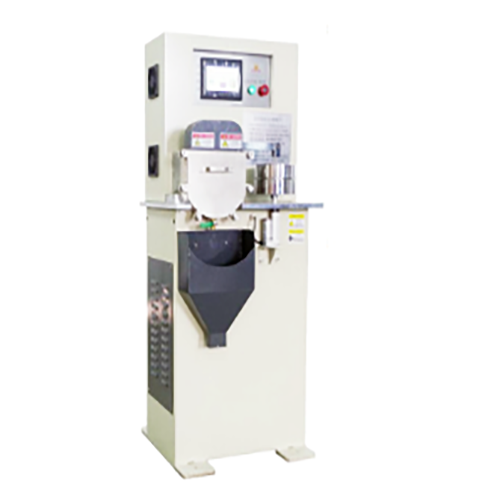
Applicable standards:
GB/T 34501-2017: This standard specifies the wear resistance test method of cemented carbide, which is suitable for testing the wear resistance of cemented carbide under specific conditions.
ASTM B611-1985: This is a standard published by the American Society for Materials and Testing (ASTM), which is also used to test the wear resistance of cemented carbides, and may differ from GB/T 34501-2017, but provides an alternative test method and parameters.
Main parameters:
Load: refers to the load applied to the specimen during the test, usually in kilograms (kg) or Newtons (N)。 The size of the load has a significant impact on the test results, and the common load range can be between 20kg and 40kg, depending on the tester model and manufacturer. Some testers use graded weight loading methods, such as a single weight of 10kg, leverage ratio 1:2 and so on.
Test force loading accuracy: refers to the accuracy of the load applied to the sample, usually expressed as a percentage. High-precision test force loading can ensure the accuracy and reliability of test results. Common test force loading accuracy may be about ±1%.
Spindle speed: refers to the rotation speed of the tester spindle, usually in RPM (r/min)。 The speed of the spindle has an impact on the test results, and the common speed range may be between 40 and 200r/min, and it usually has a stepless speed change function.
Speed error: refers to the deviation between the actual speed of the spindle and the set speed, usually in RPM (r/min)。 The smaller the speed error, the more accurate the test result. Common speed errors may be around ±2r/min.
Test control mode: refers to the control mode of the tester, such as time control, speed control, etc. Different control methods are suitable for different test requirements and material characteristics. Some testers also have software preset time, revolution, speed and other automatic control functions.
Protection device: refers to the device set by the tester to protect the device and the sample during the test, such as stopping beyond the preset value. These protection devices ensure the safety and reliability of the test process.
Contact form: refers to the contact mode between the specimen and the wear wheel, such as the wheel block contact. The contact form has an impact on the test results, so it needs to be selected according to the specific test needs and material characteristics.
Friction atmosphere: refers to the friction environment during the test, such as dry grinding, wet grinding, etc. Different friction atmospheres have an impact on test results, so they need to be selected according to specific test requirements.
Power supply: refers to the type of power supply and voltage level required by the tester. Common power supply types include alternating current (AC), the voltage class may be 220V or 380V, etc., and the frequency is usually 50Hz. The power of the device is also an important parameter, usually expressed in watts (W)。

Leave Message Get Price



